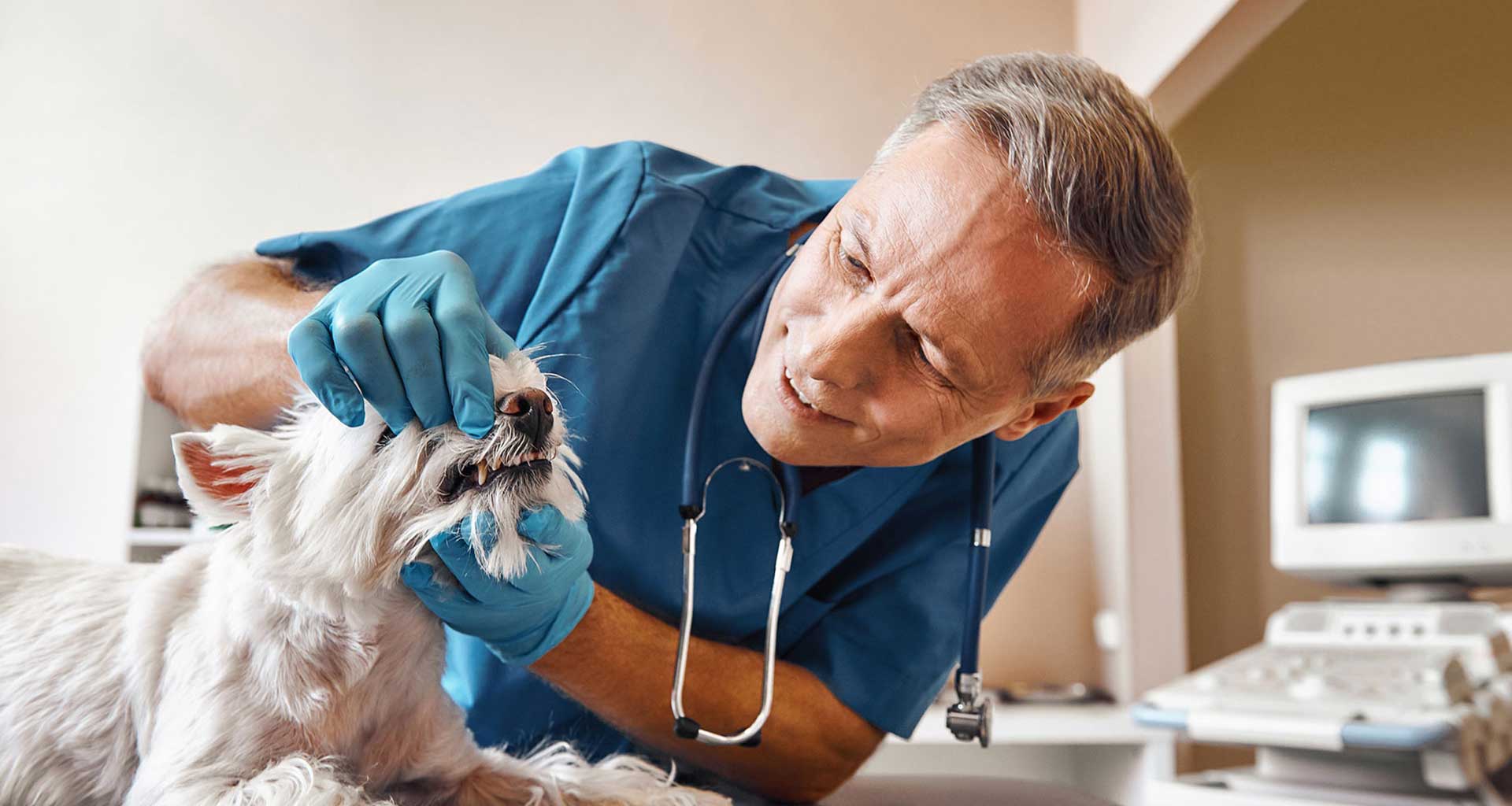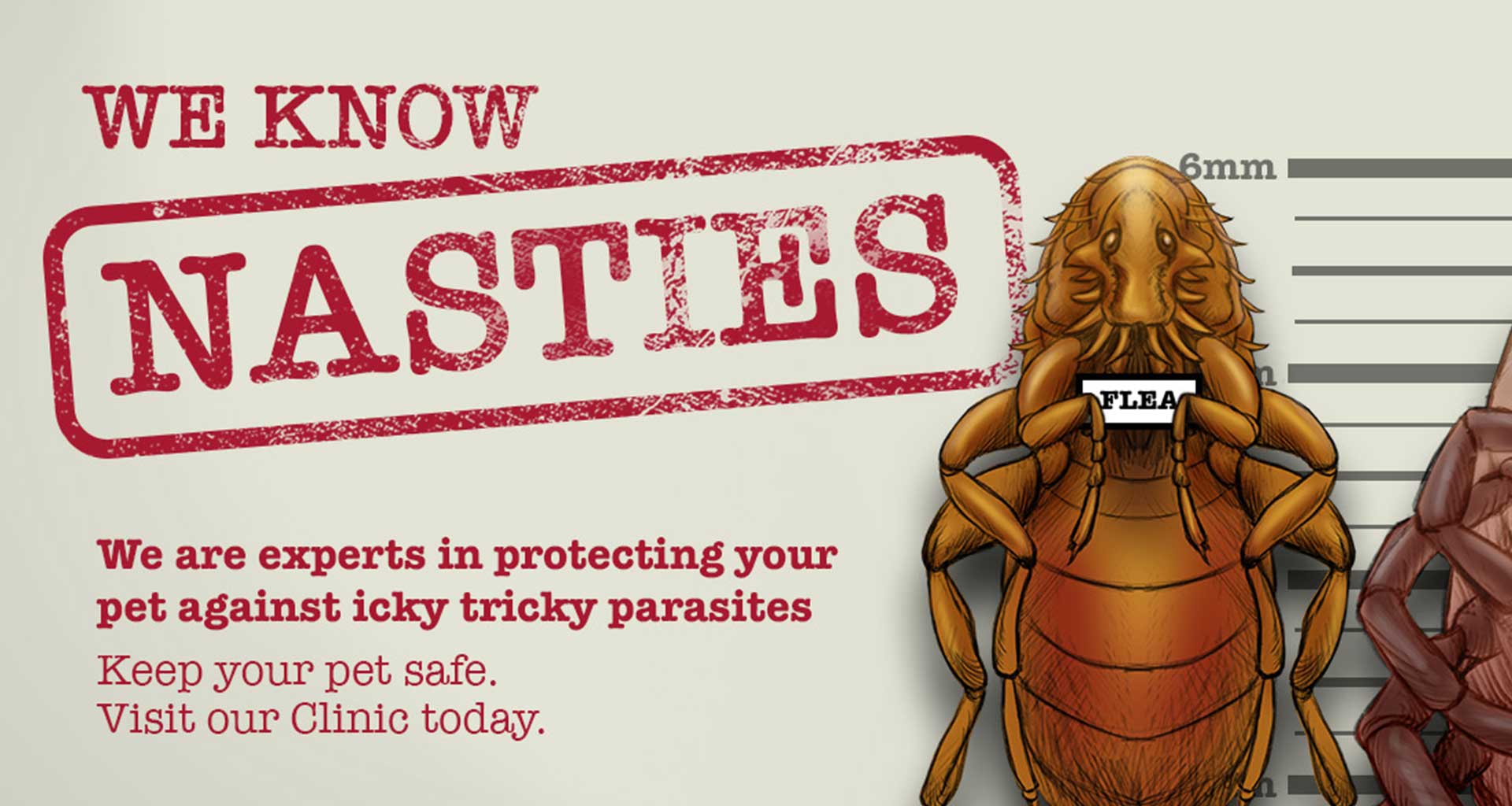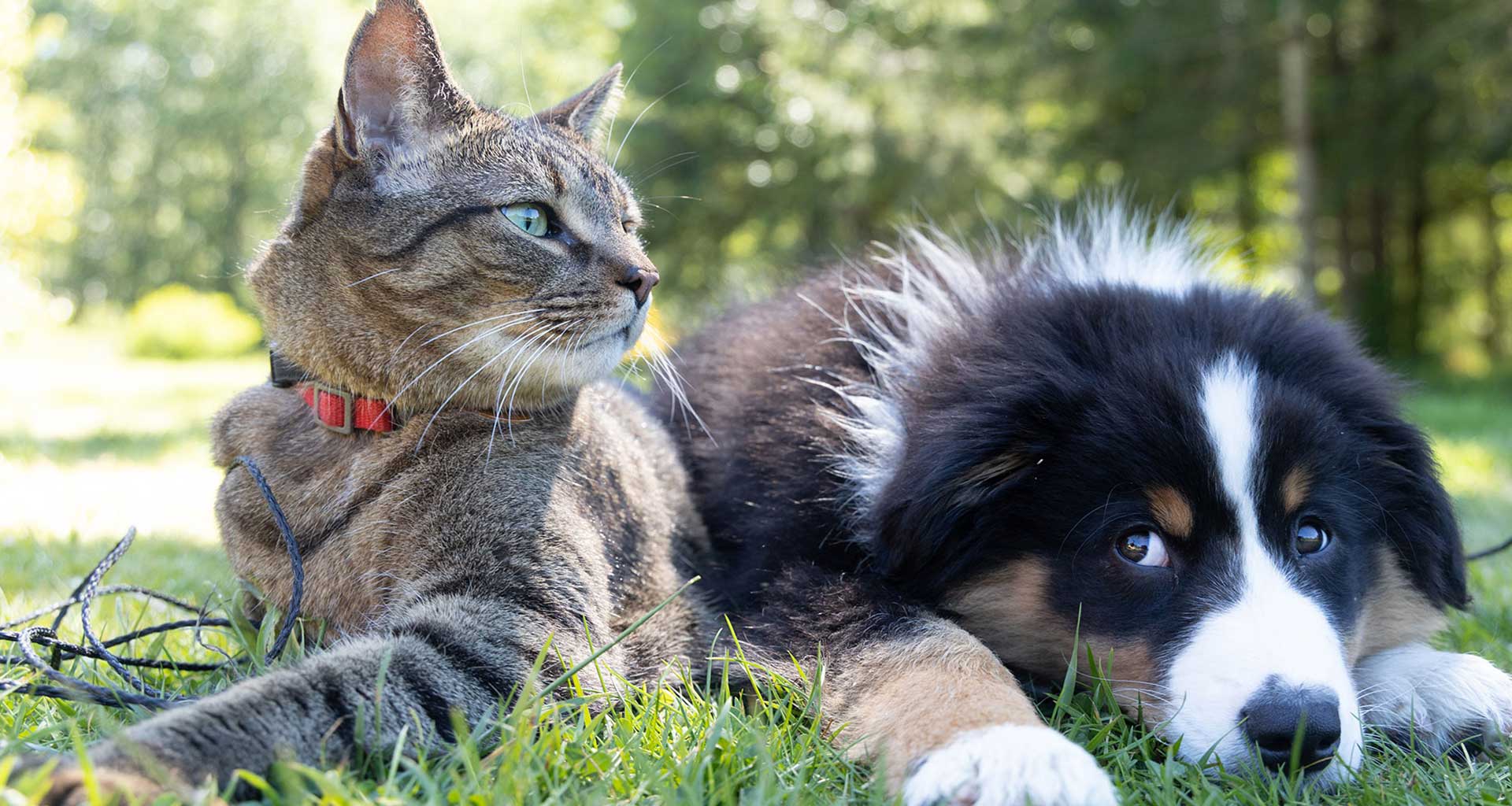Immediately following surgery, a veterinarian will instruct a pet parent on post-operative requirements and guidelines to ensure that their pet is healthy again in no time. While some of these instructions might seem straightforward, such as diet restrictions, travel restrictions, and such, others are not so bad.
However, pet parents are often scratching their head, thinking of how exactly they’ll manage to keep their dogs calm following the surgery.
A surgical procedure is a lengthy operation during which, your pet most likely has gotten quite a few stitches. Whether the operation involves valves or neutering, keeping your dog relatively calm following surgery is crucial to ensure that they’ll recover speedily.
The question is: Why?
We’ve gathered information from some of the country’s leading veterinary articles and experts to give you the answers you’re looking for.
Do All Procedures Require Periods of Inactivity for Dogs?
Broadly speaking, every surgical procedure, no matter how minimally invasive it might be, requires a period of inactivity for your pet. This is usually done to ensure that the incisions made during surgery heal up properly. Additionally, to ensure that sutures don’t break open.
Most surgical procedures are done under general anaesthesia. The effects of which linger on for between 4-6 hours after the procedure finishes.
Immediately following anaesthesia:
- Your dog will appear flimsy and sleepy.
- For less than 48 hours afterwards, your pet will lose their appetite.
- Your pet might seem nauseous and queasy.
- Dogs might sleep for longer naps than usual following surgery.
While all surgical procedures require resting time and periods of inactivity for pets, some may require it more than others. For example, orthopaedic procedures, cardiac procedures, and such require more resting periods than other surgeries.
How to Keep Your Dog Calm After Surgery?
1. Keep Your Pet Close By
First and foremost, always be within your pets’ visual field. Keep them close to you at all times. They shouldn’t be running after you from one room to the other. Just carry them around, or walk slowly to ensure that they follow you at an adequate speed.
2. Block Off Stairs
You’ve probably never seen a dog calmly take one step at a time when they’re coming down the steps. They make sure they beat their own record each time they come down. By blocking off the stairs, you’re being a responsible pet parent. Either carry them upstairs with you or temporarily move down stairs.
3. Tell Visitors to Refrain From Knocking
Nothing excites a pet more than the idea of new friends. Dogs associate the sound of a doorbell or knocking on a door as a sign of people coming in to meet them.
In all honesty – they probably do! However, dogs tend to get hyperactive around visitors. They’ll jump around and reach up to greet them.
Both of which will prolong the healing process after surgery. Instead, advise guests to call before coming in or ringing the doorbell instead.
4. Invest in a White Noise Machine
Dogs have amazing hearing. They’re known for being some of the smartest pets there are. However, you could just trick them in to thinking there are no intriguing noises to look after.
A white noise machine filters out other noises around your pet to keep them put for longer.
5. Choose Toys Wisely
Your dog will vigorously chew a chew toy, chase a ball at full speed, and jump through gates. However, they’ll stay put with plush toys.
Choose toys for your post-operative pet wisely. Some might lead to over exertion and some might keep them contained. All that energy is bound to come out in one form or another. It’s better to contain it with aptly chosen toys.
Conclusion
Surgical procedures are no joke. They’re tedious, tiring, and take a toll on your pets’ health. Which is why they’ll be recommended between 3 to 6 months of inactivity or less vigorous activity following surgery.



